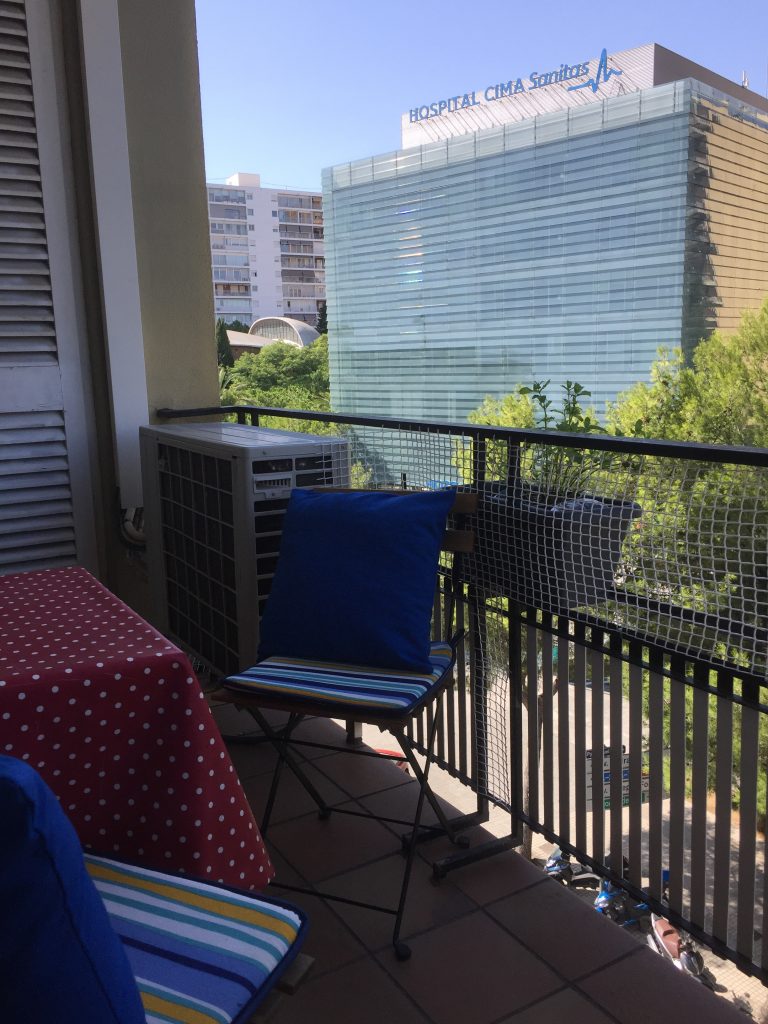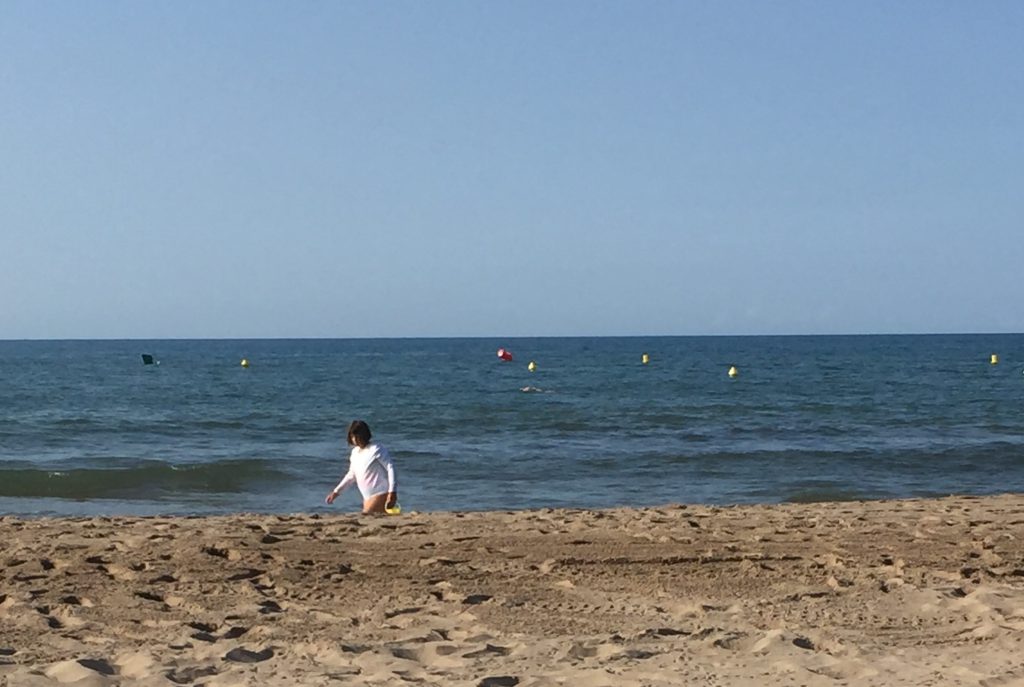As with any culture, it’s really difficult to universalize and make statements like “The Spanish do this …” or “The Spanish are ….”. Exceptions abound to every rule and extrapolation. The most accurate way to describe a culture is to use phrases such as “As a general rule” or “The preponderance of…”. That said, please keep in mind that this post is a broad discussion based on my observations and opinions and not necessarily wide-spread regulation.
Thus concludes the official disclaimer.
At some point, Spanish children transition from eating an actual breakfast to just drinking coffee and dashing out the door for work. I have no idea when this microevolution occurs; however, I do know that very young kids eat cereals and other classical breakfast foods in the mornings before school while their parents and older siblings do not. Since school starts between 8 and 10am, breakfast is generally consumed fairly early in the day. As the parents and older children have stayed awake until the late hours of the night, I imagine their desire to eat is non-existent in the very early morning. Thus, they drink only a cuplet or two of coffee as part of their regimen. Sometimes I will see one or two teens nibbling on a pastry while they ride the bus.

Baked Goods 
Pastelería 
Bakery
Bakeries are open in the very early morning hours to cater to these nibblers and the parents who have little time to prepare a formal morning meal or even snack. This allows them to purchase food as they proceed to school or work, with the plan to consume it later, during their first break. For the very young kids who have already eaten breakfast at home, I consider this food to be a “second breakfast” of sorts. The bakeries sell items such as sandwiches, mini-pizzas and a variety of breads and pastries which are generally consumed around 10:30am. It is not uncommon to see business professionals sitting at outdoor tables between 10:30 and 11am, drinking a coffee, eating a pastry, reading the paper or chatting and smoking a cigarette. I assume this is their official breakfast. It appears to be so in any case.
Lunch, as Americans know it, is basically non-existent. With the exception of pervading global fast food chains, such as McDonalds, Burger King, KFC and Taco Bell, most restaurants are not open to serve food until after 1pm. Some are closed entirely until after 4pm or later. A few don’t serve any meal except dinner and open only at 8pm.
In the early afternoon, you have the option of eating tapas, which can be consumed individually as a light snack or in an assortment as a large meal, or eating a full meal with multiple courses from the menú del día (menu of the day), which generally has a selection of starter, main course and a pastry or coffee included in one set price. The bakeries are still open, of course, so you can easily purchase a pastry or sandwich and make a small meal of that any time of the day. However, in general, the Spanish have their big meal of the day in the afternoon between 1:30-2. How they manage to last this long without eating more than a pastry or sandwich is something of a mystery to me. I suspect it is due in part to the coffee they consume all morning (El Café).

Tapas Menu 
Sushi 
Parrillada de Verduras 
Langostinos 
Patata Fritas 
Menu del Dia
Primary schools release children starting around 4pm daily. Most of the children can be seen eating a light snack as they walk home from school. Some make better food choices than others since the gelato shops and candy stores are now open and beckoning. The bakeries are also quite busy during this period. Pastries are in high demand and churrerias in food trucks parked along the streets often have long lines. Many restaurants with outdoor seating near a park or playground are filled with parents, grandparents or nannies having a beverage while the children play and eat their goodies. It’s pretty easy to spot the nannies as they are drinking coffee while all the others are having beer or wine. Poor nannies.

Gelato 
Outdoor eating in a park 
Red Velvet Cake
Dinner is not a meal that the Spanish eat out in restaurants very often. From what I have observed, many eat on Friday and Saturday nights, but seldom on week days. Exceptions being professionals who are obviously having a business dinner and tourists. Also, I have noticed many meals consumed on balcony tables late in the evening and with much brouhaha. Restaurants that do serve dinner generally open late and remain open well past midnight. Meals can be lavish and include as many as five or six courses that take hours to consume. Meals can also be small and light consisting only of a bowl of soup or a small salad. The choice, I assume, is based on what has already been consumed earlier in the day. In our building, the residents can usually be heard sharing a dinner meal around 7pm, after which they often go for a stroll around the neighborhood before retiring for the evening. This includes the small children who are pushed in strollers or race around on scooters while Mom and Dad walk behind and discuss important parental topics, and seniors with their caps and canes walking arm-in-arm for closeness as well as physical support.

Crema de Verduras Soup 
Patata Ali-Oli Salad
What I can say about eating meals in Spain is that single diners are as common as groups. Often restaurants will seat strangers together to preserve tables for more patrons and, perhaps, indirectly encourage community. Eating is generally not a quiet activity. Restaurants are designed to maximize their small space by including many seating arrangements. Thus, you are often very close to the table next to you and privy to their conversations and antics. Whether you eat a little or a lot is irrelevant to the staff and you will be served with the same speed, flair and panache regardless of your food choices. Don’t go into any restaurant in Spain expecting to eat a quick meal. Also, don’t arrive very hungry. Meals are prepared individually so they take time to craft and deliver. It is expected that you will savor your dining experience – the time to relax, the drink you are imbibing, the company you keep or the people you watch, as well as the food you will eventually consume. Eating in Spain is an experience – regardless of when, where or how you do it.
Buen provecho!






















